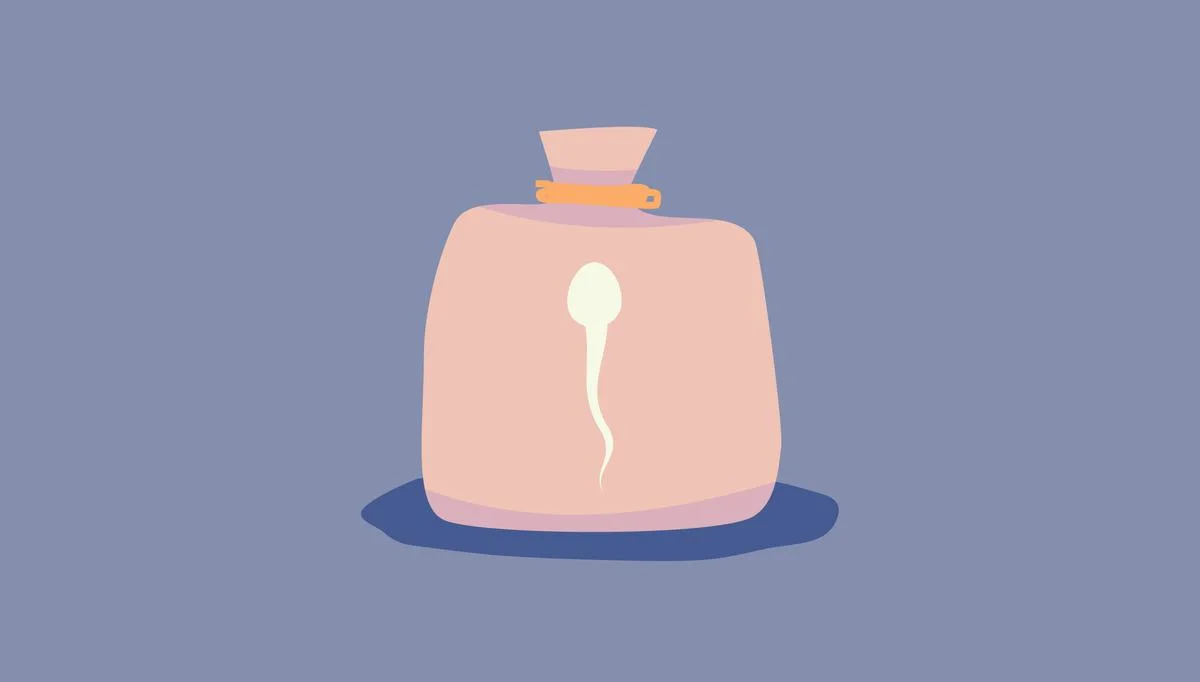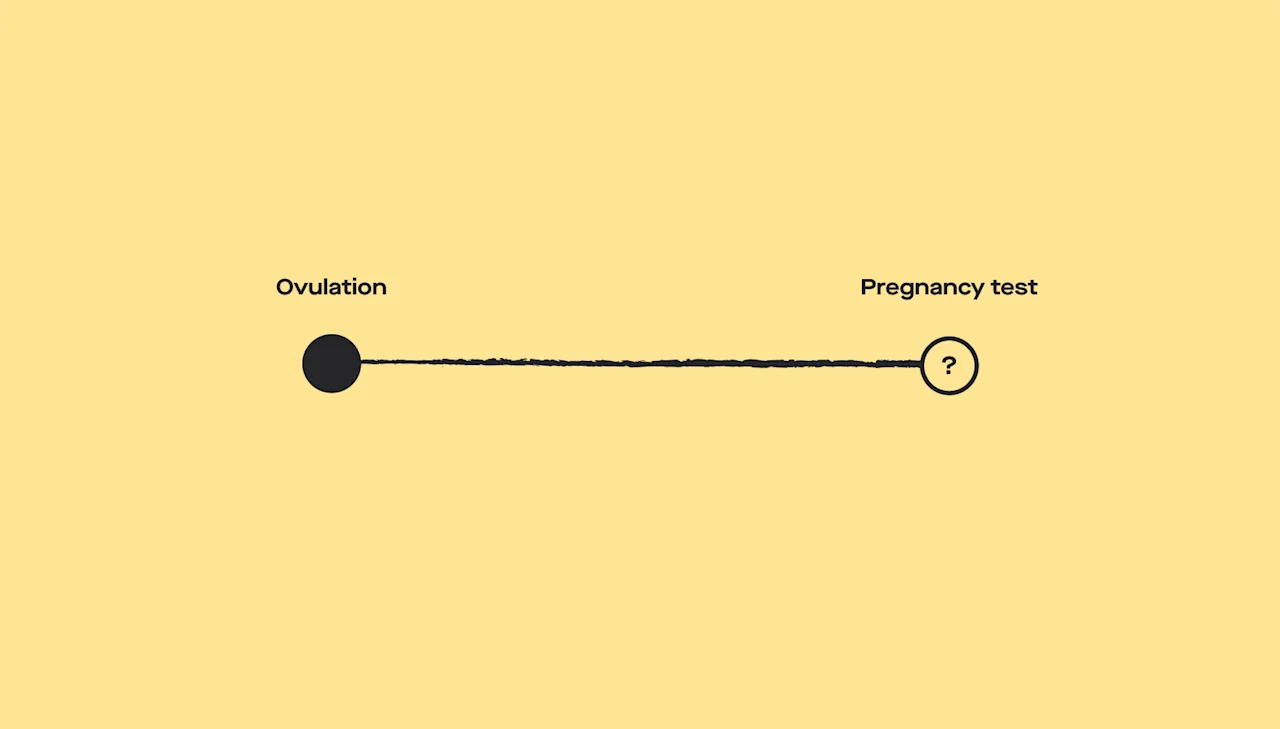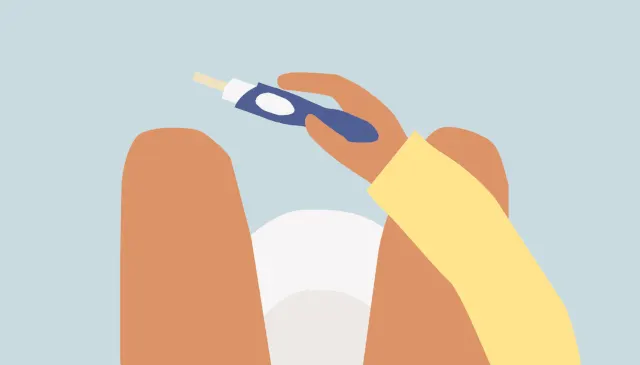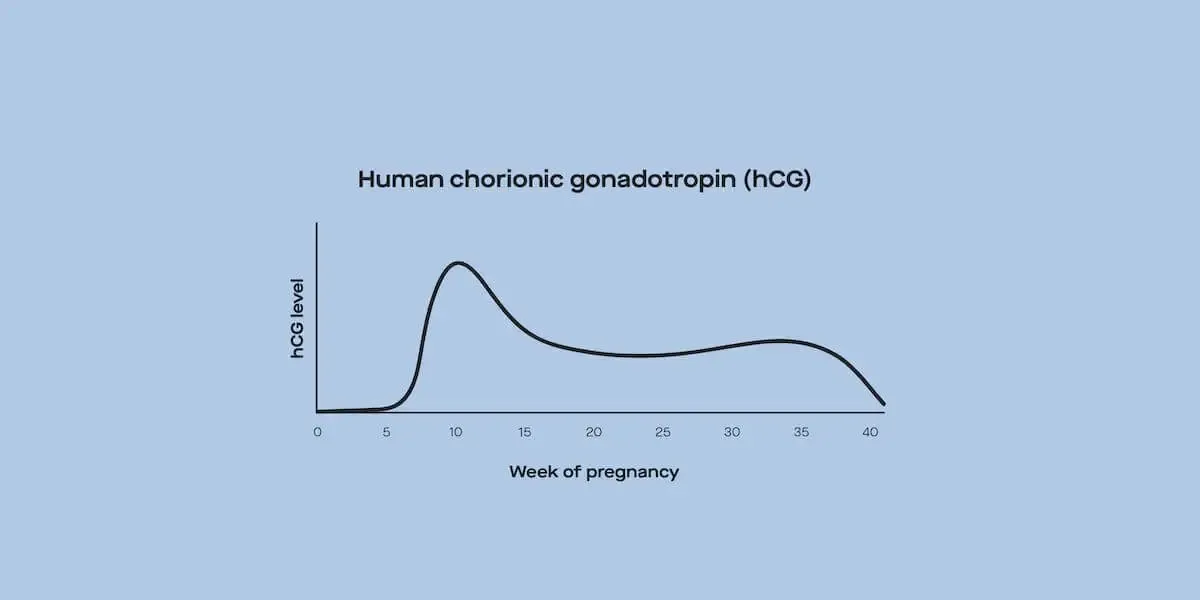Here's what we'll cover
Here's what we'll cover
All women who experience menstrual cycles eventually reach the natural next stage of life, menopause. This is a normal part of aging. Still, it can be confusing trying to understand the irregularity and other symptoms that develop when you reach menopause. You also may experience some uncomfortable symptoms.
This article will help you understand this phase of life and things you can do to manage your symptoms.
What is menopause?
Menopause is a natural stage in a woman’s life. It marks the end of reproductive years and menstrual cycles. Menopause is reached after 12 consecutive months without a menstrual period.
The average woman reaches menopause at 51. Premature menopause occurs when a woman reaches menopause before the age of 40 and affects about 1% of women. About 5% of women experience early menopause between the ages of 40 and 45 (Peacock, 2021).
Stages of menopause
All women who experience menstrual cycles will eventually reach menopause. For most women, menstruation doesn’t suddenly stop. Instead, it gradually comes to an end as hormone levels slowly decline.
Here are the stages of menopause:
Perimenopause
When estrogen levels begin to decline, women enter this stage of perimenopause. The perimenopausal stage typically begins during a woman’s 40s and, on average, lasts four years. However, some women may experience only a few months of perimenopause, while others can experience this phase for up to 10 years.
During this stage, many women experience the symptoms of menopause, such as hot flashes, irregular periods, mood swings, and trouble sleeping, but they still get a menstrual period (Peacock, 2021).
Menopause
Menopause is reached after 12 consecutive months without menstruating at all.
Postmenopause
Postmenopause refers to the years following menopause.
Often the symptoms of menopause will subside in postmenopausal women as hormone levels become more stable. However, some symptoms can remain, and other health changes may occur, like increased risk for heart disease and osteoporosis (Peacock, 2021)
Signs and symptoms of menopause
Everyone’s experience with menopause is different. At the beginning of perimenopause, symptoms may come and go due to fluctuations in hormone levels. Usually, the early signs of perimenopause include (Peacock, 2021):
Heavier or longer periods than usual for you
Changes in period length
Less frequent menstruation or missed periods due to lack of ovulation
Hot flashes
Night sweats
Flushing
As perimenopause progresses towards menopause, you may experience more symptoms more frequently. Other menopausal symptoms include (Santoro, 2015):
Vaginal dryness
Low libido or sex drive
Fatigue
Dry skin
Anxiety
Mood swings
Irritability
Frequent urges to pee
Urinary leaking or urinary incontinence
Weight gain
Sleep problems or insomnia
The final sign that indicates menopause is one full year without a menstrual period.
Causes of menopause
The most common cause of menopause is the natural decrease in estrogen produced by the ovaries during aging. Hormone levels that change during perimenopause and menopause include:
Estrogen
Progesterone
Follicle-stimulating hormone (FSH)
Luteinizing hormone (LH)
Testosterone
Naturally, the number of ovarian follicles decreases as women age. Ovarian follicles are small fluid-like sacs that hold and release eggs from the wall of the ovary. They help to produce the hormone changes responsible for ovulation and menstruation.
Sometimes, women may go through induced or forced menopause. Possible causes of forced menopause include (Peacock, 2021):
Cancer and treatments like chemotherapy and pelvic radiation
Hysterectomy (surgical removal of the uterus or womb)
Oophorectomy (surgical removal of one or both ovaries)
Pelvic injuries or trauma
Antiestrogen medications used to treat endometriosis and breast cancer
Diagnosis of menopause
Usually, menopause and perimenopause are diagnosed by reviewing the signs and symptoms you’re experiencing. Since menopause is a gradual and natural transition, there are no tests to diagnose it.
In some cases, your healthcare provider may recommend checking hormone levels to assess any other possible causes of symptoms like problems with thyroid health. Generally, though, if you’re in the right age range for menopause, testing hormone levels may not be so useful, as hormone levels fluctuate so much during this time.
Impact on sexual health
Menopause can impact your sexual health and satisfaction. Vaginal dryness and changes in elasticity can lead to discomfort and pain during intercourse, as well as mild spotting after sex (Santoro, 2015).
The changes in sensation and hormone levels may impact your libido or sex drive. Lubricants may help improve dryness during intercourse to help you feel more comfortable.
Talk with your healthcare provider if you have concerns about your sexual health. They may be able to recommend treatments to manage symptoms. You could also be referred to a sex therapist to help you cope with changes to your sexual health.
Menopause treatment options
Menopause itself doesn’t require treatment because it’s a natural process. Still, the symptoms of menopause can impact your quality of life. There are medications and lifestyle changes that may help manage the symptoms of menopause.
Hormone therapy
Hormone therapy may be recommended for symptoms like hot flashes, vaginal dryness, preventing bone loss, managing cholesterol levels, and sleep disturbances.
Hormonal treatment is available as oral birth control pills or low-dose creams, patches, and vaginal rings. Your healthcare provider may recommend taking medication daily or on a less frequent schedule.
Hormone replacement therapy isn’t recommended for everyone and is often used to help manage symptoms short term. There is a possibility of side effects with hormone treatment, like an increased risk of stroke, breast cancer, deep vein thrombosis, heart disease, and ovarian cancer (Peacock, 2021).
Selective estrogen receptor modulators (SERMS)
SERMS may be recommended to prevent bone loss and promote healthy lipid levels. Examples of SERMS medications include:
Raloxifene
Bazedoxifene
Ospemifene
Non-hormonal medications
Selective serotonin reuptake inhibitors (SSRIs), gabapentin, and clonidine are all medications that may help with some menopause symptoms. They are usually only recommended for a few months at a time to help manage symptoms. Here’s how they may be used (Peacock, 2021):
SSRIs may be used to help treat symptoms such as hot flashes. In some people, they result in at least one less hot flash a day.
Gabapentin may help to reduce hot flashes by up to two per day.
Clonidine is recommended for mild hot flashes.
Calcium and vitamin D supplements
After menopause and the decreases in estrogen levels, women are at a higher risk for bone loss, fractures, and osteoporosis. Supplements containing both calcium and vitamin D may help reduce bone loss (Peacock, 2021).
Vitamin E and omega 3s
Research suggests vitamin E and omega 3 supplements may help to protect heart health by lowering total cholesterol levels and “bad” cholesterol (LDL) levels (Peacock, 2021).
Regular exercise
Regular exercise impacts your health in a variety of ways, including menopause symptoms. Research shows frequent physical activity helps sleep quality, insomnia, and depression symptoms (Sternfeld, 2014).
In addition, exercises targeting the pelvic floor muscle may help reduce symptoms like urgency to pee and urine leakage (Nguyen, 2020).
Sleep hygiene
Poor sleep quality increases your risk for conditions like heart disease, high blood pressure, colon cancer, metabolic syndrome, and mood changes (Medic, 2017). Since problems sleeping are common symptoms of menopause, it’s essential to prioritize your sleep.
Try these tips to improve your sleep hygiene:
Avoid caffeine in the afternoon and evenings.
Go to bed and wake up at the same time every night.
Turn the lights off in your bedroom and use curtains to block light.
Turn off all sources of noise or use a white noise machine to block out noise.
Limit time spent in front of screens before bed.
Vaginal lubrication
If you’re experiencing vaginal dryness, lubricants may help. Water-based lubricants may help replace moisture and relieve discomfort during intercourse.
You can also talk with your healthcare provider if you’re experiencing dryness that impacts your quality of life. They may recommend other options like estrogen creams, moisturizers, or vaginal rings to help (Peacock, 2021).
Talking with a healthcare provider about menopause
Menopause is a normal stage of life. Still, the symptoms have a big impact on women’s health, medical conditions, and quality of life. Talk with your healthcare provider to see what options they recommend to help manage symptoms.
DISCLAIMER
If you have any medical questions or concerns, please talk to your healthcare provider. The articles on Health Guide are underpinned by peer-reviewed research and information drawn from medical societies and governmental agencies. However, they are not a substitute for professional medical advice, diagnosis, or treatment.
Medic, G., Wille, M., & Hemels, M. E. (2017). Short- and long-term health consequences of sleep disruption. Nature and Science of Sleep , 9 , 151–161. doi: 10.2147/NSS.S134864. Retrieved from https://www.ncbi.nlm.nih.gov/pmc/articles/PMC5449130/
Nguyen, T. M., Do, T., Tran, T. N., & Kim, J. H. (2020). Exercise and quality of life in women with menopausal symptoms: a systematic review and meta-analysis of randomized controlled trials. International Journal of Environmental Research and Public Health , 17 (19), 7049. doi: 10.3390/ijerph17197049. Retrieved from https://pubmed.ncbi.nlm.nih.gov/32993147/
Peacock, K. & Ketvertis, K. M. (2021). Menopause. [Updated 2021 Jun 29]. In: StatPearls [Internet]. Retrieved on Aug. 26, 2021 from https://www.ncbi.nlm.nih.gov/books/NBK507826/
Santoro, N. (2016). Perimenopause: from research to practice. Journal of Women's Health , 25 (4), 332–339. doi: 10.1089/jwh.2015.5556. Retrieved from https://www.ncbi.nlm.nih.gov/pmc/articles/PMC4834516/
Sternfeld, B., Guthrie, K. A., Ensrud, K. E., LaCroix, A. Z., Larson, J. C., Dunn, A. L., et al. (2014). Efficacy of exercise for menopausal symptoms: a randomized controlled trial. Menopause (New York, N.Y.) , 21 (4), 330–338. doi: 10.1097/GME.0b013e31829e4089. Retrieved from https://pubmed.ncbi.nlm.nih.gov/23899828/










